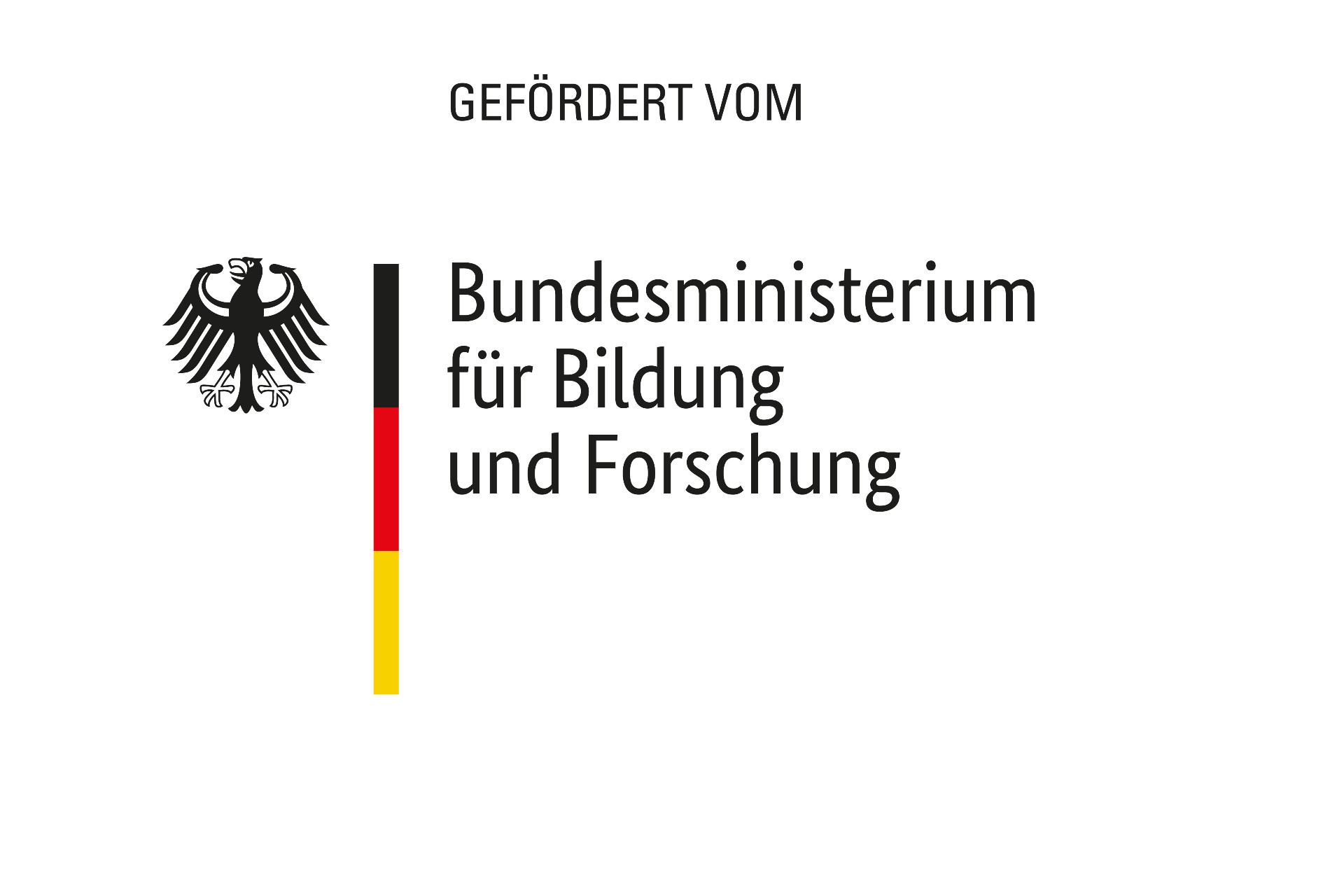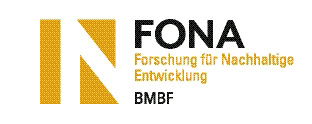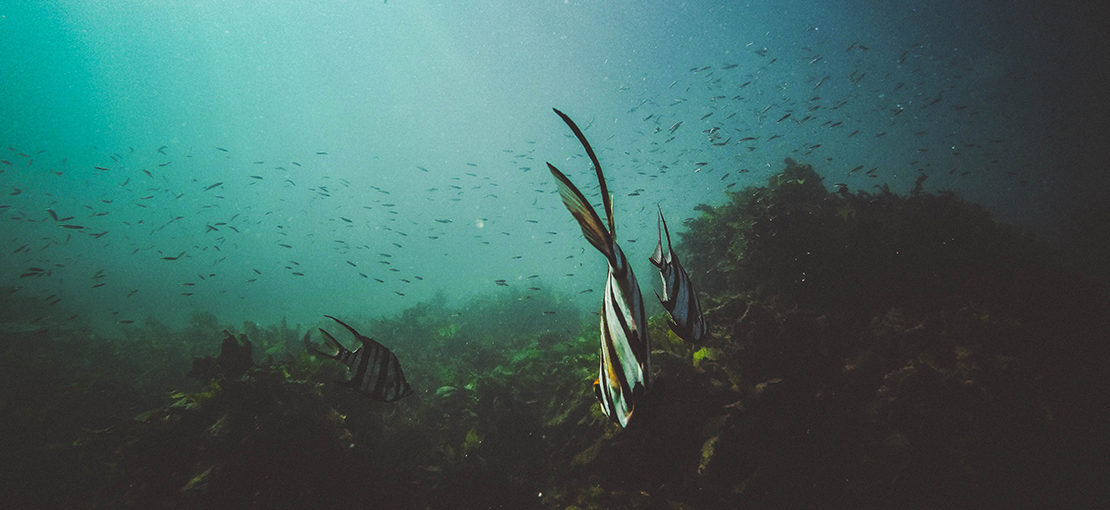
Microplastics in the oceans
More plastic than fish
Experts estimate that up to 12 million tons of plastic garbage is landing in our oceans every year. And even though our "western" industrialized world is clearly producing too much plastic, at least most European and American industrialized countries have reasonably functional waste disposal systems.
In Asia, on the other hand, infrastructure for collecting plastic and recycling it appropriately – if only as fuel for the production of electricity or heat – is often fully lacking.
Source: Jambeck, J.R. et al: Plastic waste inputs from land into the ocean, Science, (347), p.769 (Englisch)
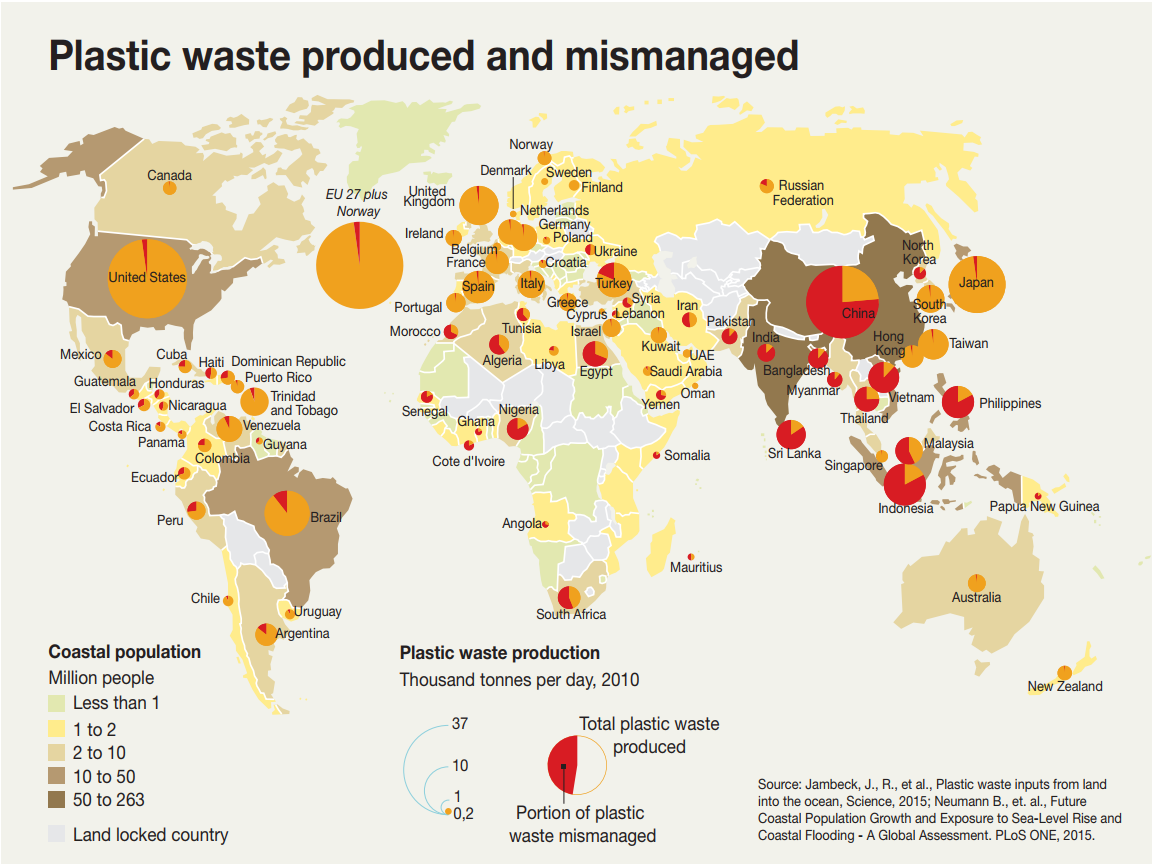
Source: http://staging.unep.org/docs/MarineLitter.pdf
Because our main production countries are in Asia, we are also responsible and have to do our part to help solve the problem. We are working to raise awareness among our suppliers for the issue and we want to support our partner, the WWF Germany, in building a network of waste management systems in the Mekong Delta.
Microplastics - miniature particles do maximum harm to the environment
In addition to the larger pieces of plastic waste entering the waterways and decomposing there very slowly, we as an outdoor brand have a particular problem: tiny fiber particles that are shed from our products and are too small for normal filtering in sewage treatment plants are entering the oceans as microplastics.
Because our products are usually made of synthetic fibers such as polyamide or polyester, we are unintentionally contributing to pollution in the oceans as well.
What makes microplastics so tragic is that not only are they extremely durable and take hundreds of years to decompose, they also don’t generally float at the top of the ocean but rather somewhere between the surface and the sea floor. Marine animals mistake them for food and end up starving with their stomachs full of plastic. As a part of the food chain, these plastics accumulate in larger animals and also end up in the food we eat.
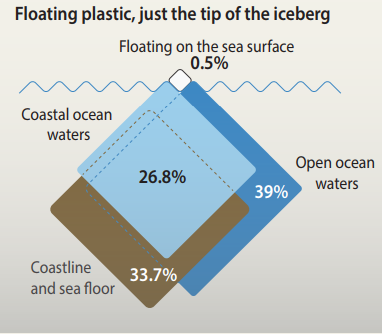
Source: http://staging.unep.org/docs/MarineLitter.pdf
Tackling the problem at its roots
Of course, we are concerned that our products are polluting the environment with microparticles. We want to tackle the problem at its roots: in the materials that we use. Either these products shouldn’t shed any microfibers at all, or they should be biodegradable. Or both ... with full functionality of course. We have already found some promising initial approaches that we're testing.
In order to make progress with a united effort, we have initiated a large research project:
The “TextileMission” Joint Project started with the participation of VAUDE on 1 September. The project aims to reduce the micro-plastic particles release, which originate from man-made synthetic fibres.
The “TextileMission” project is funded with a budget of 1.7 million Euros by the Federal Ministry of Education and Research (BMBF) under the “Plastic in the environment – sources, reduction, possible solutions” funding priority program.
As project partners, the following organisations from industry, the academy and civil society will jointly contribute their specific expertise:
- adidas AG,
- Bundesverband der Deutschen Sportartikel-Industrie e.V. (National Association of the German Sporting Goods Industry, BSI) as the project coordinator,
- Henkel AG & Co. KG,
- Hochschule Niederrhein - Faculty of Textile and Clothing Technology,
- Miele & Cie. KG,
- Polartec LLC,
- TU Dresden – Faculty of Environmental Sciences,
- VAUDE Sport GmbH & Co. KG
- and WWF Germany.
More information (German): www.textilemission.bsi-sport.de.
| GRI: | G4-DMA Materials |
| GRI: | G4-DMA Waste and Wastewater |
| GRI: | G4-EN27 |
| GRI: | G4-EN23 |

